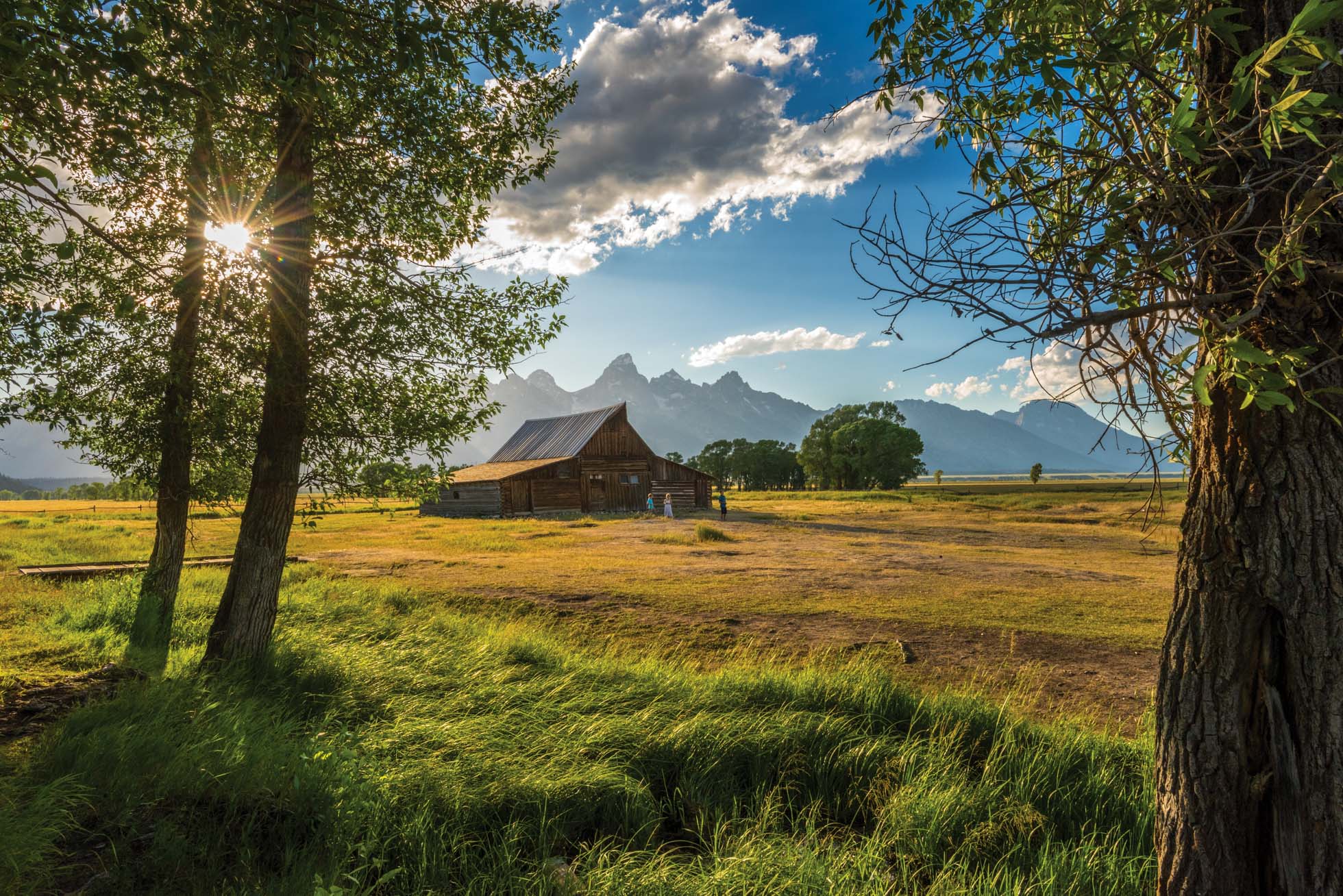Viva Resa: Your Gateway to Insightful Living
Discover news, trends, and tips for a vibrant lifestyle.
Chasing Light: The Secret Life of Landscape Photographers
Discover the hidden world of landscape photographers and their breathtaking journeys to capture the perfect light!
Capturing the Golden Hour: Tips and Tricks for Landscape Photographers
The Golden Hour, which occurs shortly after sunrise and before sunset, is a magical time for landscape photographers. During this period, the sun casts a warm, soft glow that enhances the beauty of your surroundings. To make the most of this enchanting light, consider planning your shoots in advance. Check local sunrise and sunset times, and arrive at your chosen location early to scope out the best angles and compositions. Use a tripod to keep your camera steady and experiment with different settings to capture the exquisite hues of the sky and landscape as they transform.
Additionally, be mindful of the weather and atmospheric conditions, as they can greatly influence the quality of your shots during the Golden Hour. Incorporate elements like clouds, fog, or interesting foregrounds to add depth and drama to your images. Keep your composition simple yet striking; sometimes less is more. Finally, don’t hesitate to return to a location multiple times—each visit during the Golden Hour can yield unique results that reflect changing seasons and weather patterns. Happy shooting!

The Art of Composition: How Landscape Photographers Frame Their Shots
The Art of Composition in landscape photography is vital for creating stunning imagery that captivates viewers. Photographers often utilize various techniques to effectively frame their shots, ensuring that every element within the scene contributes to the overall harmony of the image. One popular approach is the Rule of Thirds, where the photograph is divided into a grid with two horizontal and two vertical lines. By placing key elements along these lines or at their intersections, photographers can create a balanced and engaging composition that leads the viewer's eye through the picture.
In addition to the Rule of Thirds, landscape photographers may also employ leading lines to guide the viewer's attention toward a focal point. This technique involves using natural elements, such as rivers, roads, or mountain ridges, to draw the eye further into the scene. Furthermore, photographers often experiment with different angles and perspectives, such as shooting from a low vantage point or incorporating foreground interest, to add depth and foreground detail to their compositions. As a result, mastering these techniques allows landscape photographers to elevate their work and produce captivating images that resonate with their audience.
Behind the Lens: What Makes a Great Landscape Photography Expedition?
Exploring the world through the lens of your camera is an exhilarating experience, especially when it comes to landscape photography. A successful photography expedition begins with meticulous planning. First, consider your destination—selecting locations known for their breathtaking vistas is essential. Research local weather patterns, the best times for natural lighting, and the positioning of the sun throughout the day. This preparation not only optimizes your chances of capturing stunning images but also enhances your overall experience as you venture into nature.
On-site, the use of the right equipment is crucial for achieving exceptional results in landscape photography. A sturdy tripod, for instance, allows for longer exposures, enabling photographers to capture the lush details of a sunset or the smooth flow of a waterfall. Additionally, navigating challenging terrains often demands high-quality lenses to ensure sharpness and clarity in every shot. Engage with your surroundings; pay attention to composition by incorporating foreground elements, leading lines, and varying perspectives. Ultimately, a great landscape photography expedition combines foresight, technical skills, and an appreciation for the natural world.